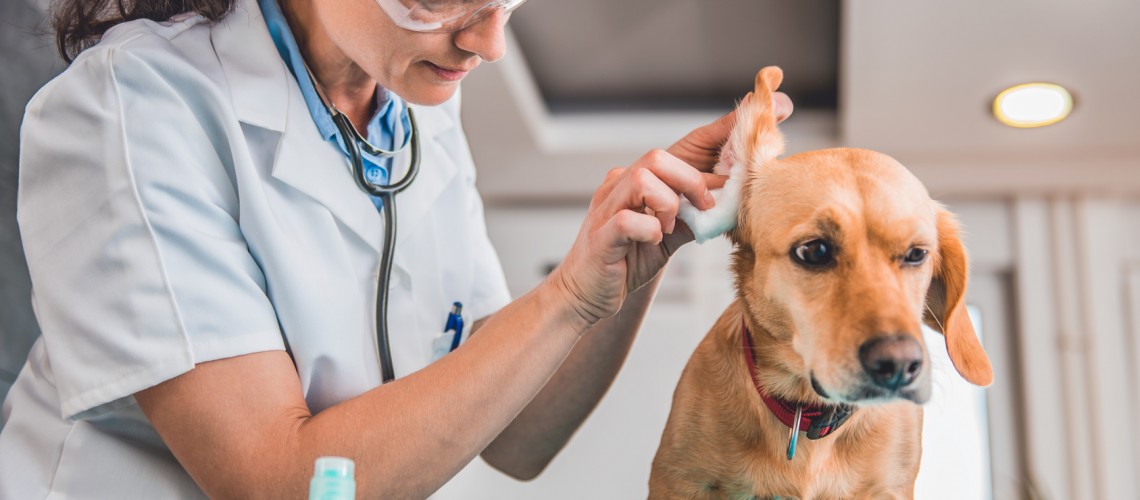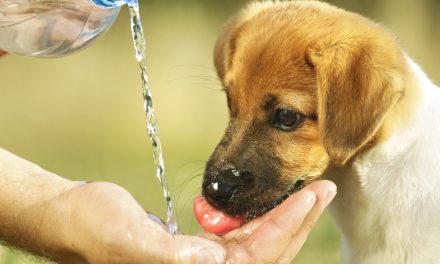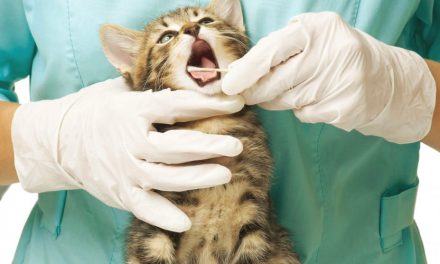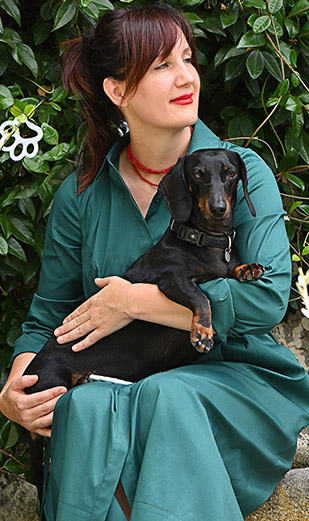If your dog often has got otitis ( maybe because of a skin infection difficult to fight), the veterinary can decide if submitting the patient either to an “ ear swab” or to a “skin removal”. This procedure is needed to detect the presence of “malassezia”, in order to verify if the otisi is caused by this one or another bacterial form.
What is this intruder often difficult to fight? The malassezia belongs to the kind of fungus and it is a normal saprophyte of animals.
Discovered in the XIX century by the French scientist Mallassez, it was then filed and divided into different species. The one we are more interested is the “Pityirosporum Pachydermatis”, that can become pathogen and cause many problems in our animals.
The fungus can spread in different situations, easily like a consequence of an allergy. The malassezia can spread also because of immunodeficiency for thyroid pathologies, of parasites ( present in the skin scab), for conditions of increased humidity on the skin above all in subjects with skin wrinkles, and more easily in summer.
Almost always the presence of malassezia is in addition to concomitant bacterial pathologies.
There are some races that can be more easily predisposed. For examples all dogs suffering from recurring and chronic skin infections like the French and English Bull dog, Sharpei, but also the ones with long and hanging ears like Cocker.
The pathology can be wet and dry: the first causes strong itch with production of black oily material with a high and rancid odor, both in ears and among the skin wrinkles; the second one instead is characterized by the presence of dry white yellowish scales.
The therapy is always long and complex because- and it always happens – the malassezia “hides” the true pathology that has to be found and cared with the correct therapy.
To fight the fungus, you have to apply a local treatment with specific products, in very complicated cases an oral therapy must be added. The treatment must be always prescribed by veterinaries, since they can be very heavy for the liver.
Sometimes a change of food, in case of food intolerances, or a correct therapy for the primary cause will keep this unfair saprophyte fungus in correct balance.











